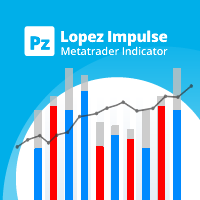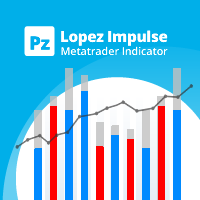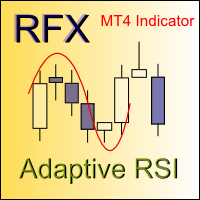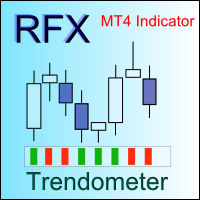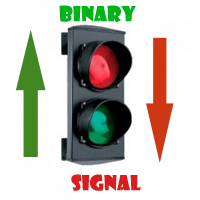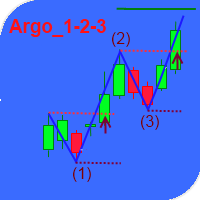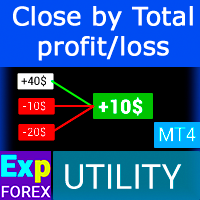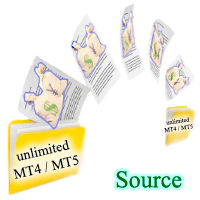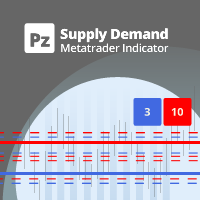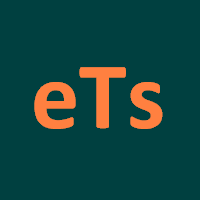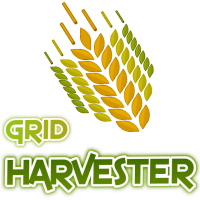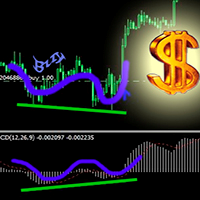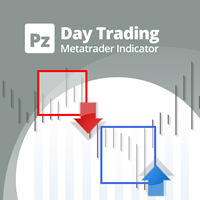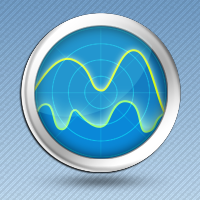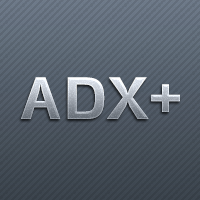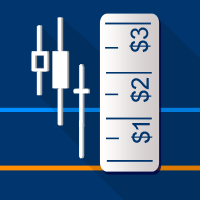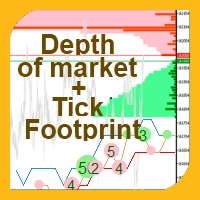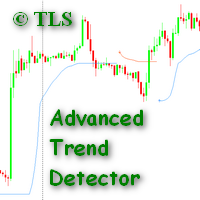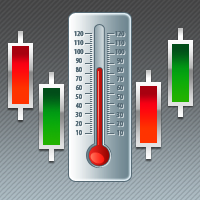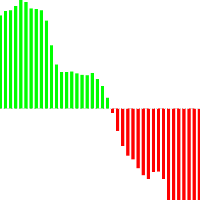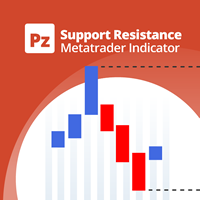The most popular forum topics:
- Any rookie question, so as not to clutter up the forum. Professionals, don't pass by. Nowhere without you - 6. 46 new comments
- Eurusd/gbpusd 29 new comments
- Press review 23 new comments
New publications in CodeBase
- Japanese Candlestick Patterns Indicator displays different candlestick patterns on chart. It is possible to change colors and disable alerts.
- MACD Sample The MACD Sample Expert Advisor trades at the crossover of the main and the signal line of the MACD. This Expert Advisor is an example of object-oriented approach in EA development.
- BackgroundCandle_DigitMacd_HTF The indicator draws candlesticks of a larger timeframe as color filled rectangles in accordance with the colors of the clouds of the DigitMacd indicator.
- Exp_DigitMacd The Exp_DigitMacd EA is based on the signals generated by the DigitMacd oscillator.
- SatlMacd This indicator is an oscillator based on the averaged difference between the SATL digital filter and the Close price.
- Ticker_SATL The indicator is drawn as a colored cloud between the lines of a slow digital filter and the price.
- FatlMacd An oscillator from an averaged difference between the FATL digital filter and the Close price.
- DigitMacd A colored cloud formed by the lines of the FATL and SATL digital filters.
- Exp_DynamicRS_C A trading system that uses the DynamicRS_C indicator.
- Ticker_FATL The indicator is drawn as a colored cloud between the lines of a fast digital filter and the price.
- BackgroundCandle_StepMA_Stoch_KV1_HTF The indicator draws candlesticks of a larger timeframe as color filled rectangles in accordance with the values of the StepMA_Stoch_KV1 indicator.
- MultiHighsLowsSignal The MultiHighsLowsSignal indicator shows information on active trends using the values of seven HighsLowsSignal indicators from different timeframes.
- DynamicRS_C A trend indicator of the series of indicators without averaging.
- PChannel_System The indicator implements a breakthrough system using a channel drawn on extrema for a period.
- Linear_Price_Bar A candlestick chart, all the Open prices of which are shifted to zero.
- Tally for Wins and Losses Way to keep a tally of wins an losses.
Most downloaded source codes this week
- MAC3D Custom Indicator. 3 Dimensional MACD Ribbon.
- QuotesDemo The Expert Advisor shows the current values of World Stock Indices from Google Finance using WebRequest function.
- VR---STEALS-3 Advisor exposes not visible to brokers levels StopLoss, TakeProfit, Breakeven, Traling stop
Most read articles this week

We provide a special installer for the MetaTrader 5 trading platform on macOS. It is a full-fledged wizard that allows you to install the application natively. The installer performs all the required steps: it identifies your system, downloads and installs the latest Wine version, configures it, and then installs MetaTrader within it. All steps are completed in the automated mode, and you can start using the platform immediately after installation.

Video tutorial: MetaTrader Signals Service
In just 15 minutes, this video tutorial explains what MetaTrader Signals Service is, and demonstrates in great detail how to subscribe to trade signals and how to become a signal provider in our service. By watching this tutorial, you will be able to subscribe to any trading signal, or publish and promote your own signals in our service.

In this article, we demonstrate an easy way to install MetaTrader 5 on popular Linux versions — Ubuntu and Debian. These systems are widely used on server hardware as well as on traders’ personal computers.
The most downloaded free products:
Bestsellers in the Market:
Bestsellers in the Market:
The most popular forum topics:
- Interesting and Humour 30 new comments
- Humour 26 new comments
- The market is a controlled dynamic system. 21 new comments
The most popular forum topics:
- The market is a controlled dynamic system. 44 new comments
- Multi Timeframe Indicators 33 new comments
- Interesting and Humour 33 new comments
Bestsellers in the Market:
New publications in CodeBase
- Inverted Chart View The indicator shows inverted chart for better short trading.
- Sacred Chao - Signals from Trading Chaos, 2nd Edition Yet Another Chaos Indicator.
- Bollinger Percent B This is Bollinger Bands %b indicator for MetaTrader 5.
- Multi-Currency Indicator with USD reference The indicator is designed to show how the seven major currencies have moved against the US dollar.
- CandleColorCounter The indicator counts Bull and Bear candles in Bar_Period bars and calculates percent.
- STOPD Levels MTF Plot the STOPD Price Levels based on user specified timeframe.
Bestsellers in the Market:
The most popular forum topics:
- Multi Timeframe Indicators 29 new comments
- The market is a controlled dynamic system. 27 new comments
- Eurusd/gbpusd 24 new comments
Most downloaded source codes this month
- Milestone Trade 5min charts mostly EURUSD. Added news filter from Forex Factory and stops. Loads of versions inside. Good luck
- SlopeDirectionLine_HTF The SlopeDirectionLine indicator with the timeframe selection option available in input parameters.
- Fracture 7.4.0 Trade EURUSD 5 min scalping or similar. Good Luck.
Most read articles this month

We provide a special installer for the MetaTrader 5 trading platform on macOS. It is a full-fledged wizard that allows you to install the application natively. The installer performs all the required steps: it identifies your system, downloads and installs the latest Wine version, configures it, and then installs MetaTrader within it. All steps are completed in the automated mode, and you can start using the platform immediately after installation.

Video tutorial: MetaTrader Signals Service
In just 15 minutes, this video tutorial explains what MetaTrader Signals Service is, and demonstrates in great detail how to subscribe to trade signals and how to become a signal provider in our service. By watching this tutorial, you will be able to subscribe to any trading signal, or publish and promote your own signals in our service.

In this article, we demonstrate an easy way to install MetaTrader 5 on popular Linux versions — Ubuntu and Debian. These systems are widely used on server hardware as well as on traders’ personal computers.
Bestsellers in the Market:
New publications in CodeBase
- QuotesDemo Example of getting world index quotes from Google Finance.
- SignalsDemo The EA shows information on available trading signals' features, allows to manage their copying settings, as well as subscribe to and unsubscribe from signal copying.
- QuotesDemo The Expert Advisor shows the current values of World Stock Indices from Google Finance using WebRequest function.
- SignalsDemo The Expert Advisor shows the properties of the signals, allows to modify the signal copy settings and subscribe or unsubscribe to the selected trade signal.
- XigXag Typical zigzag indicator
The most downloaded free products:
Bestsellers in the Market:
Most downloaded source codes this week
- HighsLowsSignal A semaphore signal indicator determining the moments of a directional price change on several bars, the number of bars is specified in the indicator input parameters.
- Exp_AFIRMA The Exp_AFIRMA Expert Advisor is based on the signals of the AFIRMA (Autoregressive Finite Impulse Response Moving Average) indicator.
- LOWEST_LOW_VALUE The indicator shows the minimum price for the period fixed in the input parameters of the indicator.
Most read articles this week

We provide a special installer for the MetaTrader 5 trading platform on macOS. It is a full-fledged wizard that allows you to install the application natively. The installer performs all the required steps: it identifies your system, downloads and installs the latest Wine version, configures it, and then installs MetaTrader within it. All steps are completed in the automated mode, and you can start using the platform immediately after installation.

Video tutorial: MetaTrader Signals Service
In just 15 minutes, this video tutorial explains what MetaTrader Signals Service is, and demonstrates in great detail how to subscribe to trade signals and how to become a signal provider in our service. By watching this tutorial, you will be able to subscribe to any trading signal, or publish and promote your own signals in our service.

In this article, we demonstrate an easy way to install MetaTrader 5 on popular Linux versions — Ubuntu and Debian. These systems are widely used on server hardware as well as on traders’ personal computers.
The most popular forum topics:
- Interesting and Humour 27 new comments
- Any rookie question, so as not to clutter up the forum. Professionals, don't pass by. Nowhere without you - 6. 26 new comments
- Errors, bugs, questions 25 new comments
Bestsellers in the Market:
Bestsellers in the Market:
The most popular forum topics:
- Interesting and Humour 62 new comments
- Any rookie question, so as not to clutter up the forum. Professionals, don't pass by. Nowhere without you - 6. 34 new comments
- Which broker should I choose? 30 new comments
New publications in CodeBase
- EA based on indicator SAR, ADX and SMA 100 This EA is based on SMA, ADX and SAR indicators.
- Fast FrAMA Fast FrAMA, in contrast to the version from MQL5 suite, has more wide applied price constant choose and, what's the main difference, calculation speed is increased by a factor of 30 to 100.
- Straddle Orders Around Current Price Level A script to place straddle orders around current price level to catch price spikes around announcements.
- Dynamic Auto Resistance Support This technical indicator detects constant price zones and draws resistance and support lines.
- Advanced ADX Advanced ADX indicator.
- Horizontal line for max/min prices of the last 2 years Example code on how to draw an horizontal line for maximum and minimum prices of the last 2 years.
- Step Up and Down Forex Indicator Step Up and Down Forex Indicator draws the price direction movement with single arrow Up or Down on the trading chart.
- DailyLines DailyLines Vertical lines starting new Day with above name of the DAY. Period Separators with options to choose different styles.
Bestsellers in the Market:
The most popular forum topics:
- Interesting and Humour 83 new comments
- Which broker should I choose? 31 new comments
- Blog FAQ 29 new comments





